Vegetable Garden Soil – THE ROOTS OF RESILIENCE
Vegetable Garden Soil and Rich Soil is the quiet architect of every thriving vegetable garden. It’s not just a passive medium—it’s a living system that fuels growth, flavor, and resilience. Whether you’re growing leafy greens, root vegetables, or fruiting crops, the richness of your soil determines how well your garden performs. This post explores the logic behind soil enrichment, offering practical insights and symbolic clarity across ten distinct sections. Each section includes short paragraphs and visual tables to help you understand, build, and sustain a garden ecosystem that nourishes both plants and people.
SOIL STRUCTURE – BUILDING A FOUNDATION FOR LIFE
Soil structure refers to how particles of sand, silt, and clay bind together. Rich soil has a crumbly texture that allows air, water, and roots to move freely. This physical arrangement supports microbial life and prevents compaction, which can suffocate plant roots.
Loamy soil, often considered ideal, balances moisture retention with drainage. Organic matter like compost improves structure by binding particles and creating pore spaces. Earthworms and insects also contribute by tunneling and mixing layers.
A well-structured soil resists erosion and holds nutrients more effectively. It also buffers against drought and heavy rain. Without good structure, even fertile soil can fail.
SOIL TEXTURE COMPARISON
| Texture Type | Water Retention | Drainage | Root Penetration | Ideal Use |
|---|---|---|---|---|
| Clay | High | Poor | Difficult | Heavy crops |
| Sand | Low | Excellent | Easy | Root vegetables |
| Silt | Moderate | Moderate | Moderate | Leafy greens |
| Loam | Balanced | Balanced | Excellent | All-purpose |

ORGANIC MATTER – THE ENGINE OF SOIL FERTILITY
Organic matter includes decomposed plant material, compost, manure, and microbial biomass. It fuels soil life and provides essential nutrients. Rich soil contains 3–5 percent organic matter, which improves water retention and nutrient availability.
Compost is a key source, offering balanced inputs without chemical residues. Manure adds nitrogen but must be aged to avoid burning plants. Leaf mold and green waste also contribute valuable carbon.
As organic matter decomposes, it forms humus—a stable compound that enhances soil texture. Humus holds water like a sponge and releases nutrients slowly. Adding organic matter regularly is essential for long-term fertility.
ORGANIC MATTER SOURCES
| Source | Nutrient Profile | Decomposition Speed | Best Application |
|---|---|---|---|
| Compost | Balanced | Moderate | General use |
| Aged Manure | High Nitrogen | Fast | Heavy feeders |
| Leaf Mold | High Carbon | Slow | Mulching |
| Green Waste | Variable | Fast | Quick boost |
MICROBIAL LIFE – THE INVISIBLE WORKFORCE
Soil microbes include bacteria, fungi, protozoa, and archaea. These organisms break down organic matter and release nutrients. Rich soil supports billions of microbes per gram, creating a dynamic underground economy.
Fungi form symbiotic relationships with plant roots, extending their reach for water and minerals. Bacteria fix nitrogen and decompose organic material. Protozoa regulate microbial populations and recycle nutrients.
Microbial diversity improves disease resistance and nutrient cycling. It also enhances soil structure by producing sticky compounds that bind particles. Without microbes, soil becomes inert and lifeless.
MICROBIAL FUNCTIONS IN SOIL
| Microbe Type | Primary Function | Benefit to Plants | Soil Impact |
|---|---|---|---|
| Bacteria | Decomposition, nitrogen | Nutrient availability | Fertility boost |
| Fungi | Symbiosis, structure | Mineral access | Texture improvement |
| Protozoa | Population control | Nutrient recycling | Balance |
| Archaea | Extreme conditions | Stability | Resilience |
NUTRIENT BALANCE – FEEDING PLANTS INTELLIGENTLY
Rich soil contains a balanced mix of macronutrients and micronutrients. Macronutrients include nitrogen, phosphorus, and potassium. Micronutrients include calcium, magnesium, iron, and zinc.
Each nutrient plays a specific role. Nitrogen promotes leafy growth. Phosphorus supports root development. Potassium enhances fruiting and disease resistance. Micronutrients regulate enzyme activity and cellular function.
Over-fertilization can disrupt balance and harm soil microbes. Under-fertilization leads to weak plants and poor yields. Testing soil annually helps maintain optimal levels.
ESSENTIAL NUTRIENTS FOR VEGETABLES
| Nutrient | Role in Plant Growth | Deficiency Symptoms | Natural Sources |
|---|---|---|---|
| Nitrogen | Leaf development | Yellowing leaves | Compost, manure |
| Phosphorus | Root and flower growth | Poor rooting, stunted | Bone meal, rock dust |
| Potassium | Fruit and disease control | Weak stems, poor yield | Wood ash, greensand |
| Magnesium | Photosynthesis | Pale leaves | Epsom salt |
WATER RETENTION – KEEPING ROOTS HYDRATED WITHOUT DROWNING
Rich soil holds water like a sponge but releases it slowly, allowing roots to absorb moisture without becoming waterlogged. This balance is crucial in climates with erratic rainfall or intense sun exposure. Organic matter increases the soil’s capacity to retain water by expanding pore spaces and reducing runoff.
Sandy soils drain too quickly, while clay soils trap water and suffocate roots. Loamy soil, enriched with compost, offers the ideal middle ground. Mulching further stabilizes moisture levels by shielding the surface from evaporation. Deep watering encourages roots to grow downward, accessing stored moisture.
Water retention also affects nutrient uptake. Dry soil can lock up minerals, while overly wet soil can leach them away. Rich soil buffers these extremes, maintaining a steady supply. Cover crops and ground covers help retain moisture during off-seasons. Raised beds with amended soil offer better control over hydration.
WATER RETENTION PROPERTIES BY SOIL TYPE
| Soil Type | Water Holding Capacity | Drainage Speed | Risk of Root Rot | Ideal Crops |
|---|---|---|---|---|
| Sand | Low | Fast | Low | Carrots, onions |
| Clay | High | Slow | High | Rice, taro |
| Loam | Balanced | Moderate | Low | Tomatoes, lettuce |
| Peat | Very High | Slow | Moderate | Celery, spinach |
ROOT DEVELOPMENT – GIVING PLANTS ROOM TO GROW
Healthy roots are the anchor and engine of every vegetable plant. Rich soil allows roots to penetrate deeply and spread widely, accessing water and nutrients efficiently. Compacted or nutrient-poor soil restricts root growth, leading to stunted plants and weak yields.
Aeration is key—roots need oxygen to function. Soil enriched with organic matter and structured with aggregates provides the necessary air pockets. Deep roots also stabilize plants against wind and drought. Taproots like those of carrots and beets require loose, friable soil to grow straight and long.
Root development influences above-ground growth. A strong root system supports vigorous stems, lush foliage, and abundant fruiting. Mycorrhizal fungi form networks that extend root reach, improving nutrient absorption. Rich soil fosters these symbiotic relationships.
ROOT GROWTH CONDITIONS
| Factor | Impact on Roots | Soil Strategy | Resulting Benefit |
|---|---|---|---|
| Compaction | Restricts growth | Add compost, avoid tilling | Deeper root systems |
| Aeration | Enables respiration | Use mulch, loosen soil | Healthier plants |
| Nutrient access | Fuels development | Balance NPK and trace minerals | Faster growth |
| Moisture balance | Prevents stress | Improve retention with humus | Resilient crops |

DISEASE RESISTANCE – BUILDING IMMUNITY FROM BELOW
Rich soil acts as a natural defense system against plant diseases. Beneficial microbes outcompete pathogens, reducing the risk of fungal and bacterial infections. A diverse microbial ecosystem creates checks and balances that suppress outbreaks before they spread.
Healthy soil also strengthens plant immunity. Nutrient-rich environments support the production of defensive compounds in leaves and stems. Plants grown in poor soil are more vulnerable to stress, pests, and disease. Compost and aged manure introduce beneficial organisms that colonize root zones.
Crop rotation and cover cropping further reduce disease pressure by disrupting pathogen life cycles. Mulching prevents splash-up of soil-borne diseases during rain. Raised beds with rich soil minimize contact with contaminated ground.
SOIL-BASED DISEASE MANAGEMENT
| Practice | Disease Targeted | Soil Benefit | Outcome |
|---|---|---|---|
| Compost addition | Root rot, damping off | Boosts microbial diversity | Reduced infection rates |
| Crop rotation | Fusarium, nematodes | Breaks pathogen cycles | Healthier soil |
| Mulching | Blight, mildew | Prevents splash-up | Cleaner foliage |
| Cover cropping | Soil fatigue | Adds biomass, suppresses weeds | Balanced ecosystem |
FLAVOR AND NUTRITION – TASTE THAT STARTS IN THE SOIL
The richness of soil directly influences the flavor and nutritional profile of vegetables. Minerals like calcium, magnesium, and potassium contribute to taste complexity. Nitrogen fuels leafy growth, but excess can dilute flavor. Balanced soil produces vegetables with depth and character.
Tomatoes grown in rich soil taste sweeter and more acidic. Carrots develop stronger aromatics. Leafy greens like kale and spinach contain more iron and antioxidants when grown in nutrient-dense environments. Soil microbes also influence flavor by affecting nutrient uptake.
Flavor is not just a culinary concern—it reflects the plant’s health and the soil’s vitality. Rich soil produces vegetables that are more satisfying and nourishing. It’s a sensory signal of ecological balance.
FLAVOR FACTORS IN VEGETABLES
| Vegetable | Key Soil Nutrients | Flavor Impact | Nutritional Benefit |
|---|---|---|---|
| Tomato | Potassium, calcium | Sweetness, acidity | Vitamin C, lycopene |
| Carrot | Phosphorus, sulfur | Earthy, aromatic | Beta-carotene |
| Spinach | Nitrogen, iron | Bitterness, richness | Iron, folate |
| Beetroot | Magnesium, boron | Sweetness, depth | Antioxidants, fiber |
CLIMATE RESILIENCE – ADAPTING TO EXTREMES
Rich soil buffers plants against climate stress. It retains moisture during drought and drains excess water during floods. Organic matter moderates temperature swings, keeping roots cool in heat and warm in cold. Microbial life adapts to changing conditions, maintaining nutrient cycling.
In regions with unpredictable weather, soil richness becomes a survival strategy. Raised beds with amended soil offer better control. Mulching insulates the surface and reduces evaporation. Cover crops protect soil from erosion and rebuild fertility after extreme events.
Climate-resilient gardening starts underground. Rich soil absorbs shocks and sustains growth when conditions above ground falter. It’s a form of ecological insurance.
CLIMATE ADAPTATION THROUGH SOIL
| Challenge | Soil Strategy | Protective Effect | Long-Term Benefit |
|---|---|---|---|
| Drought | Add compost, mulch | Retains moisture | Sustained growth |
| Flooding | Improve drainage, raise beds | Prevents root rot | Crop survival |
| Heatwaves | Increase organic matter | Stabilizes temperature | Reduced stress |
| Cold snaps | Use cover crops | Insulates root zone | Early recovery |
CARBON CYCLING – TURNING WASTE INTO LIFE
Rich soil plays a central role in the carbon cycle. Organic matter stores carbon in stable forms, reducing atmospheric CO₂ and feeding microbial life. As plants photosynthesize, they draw carbon from the air and deposit it into roots and surrounding soil. Microbes then break down this material, releasing nutrients and stabilizing carbon.
Compost accelerates this cycle by transforming kitchen and garden waste into humus. Cover crops capture carbon during off-seasons and return it to the soil when tilled under. Biochar, a form of charred organic matter, locks carbon in the soil for decades while improving structure.
Carbon cycling is not just ecological—it’s symbolic. It turns decay into fertility, loss into renewal. Rich soil becomes a living archive of past growth, storing energy for future abundance.
CARBON SOURCES AND STORAGE IN SOIL
| Input Type | Carbon Contribution | Stability Duration | Soil Benefit |
|---|---|---|---|
| Compost | Moderate | 1–5 years | Nutrient release |
| Cover crops | High | Seasonal | Biomass and structure |
| Biochar | Very High | Decades | Water retention |
| Leaf litter | Low | Weeks to months | Microbial food |
WEED SUPPRESSION – LETTING CROPS BREATHE
Rich soil supports dense, healthy plant growth that naturally suppresses weeds. When crops thrive, they shade the soil surface, reducing light for weed seeds. Mulching with compost or straw further blocks germination and retains moisture.
Weeds often exploit poor soil conditions. Bare patches, compacted zones, and nutrient imbalances create openings for invasive species. By enriching soil, gardeners close these gaps and strengthen crop dominance. Cover crops also outcompete weeds during dormant seasons.
Weed suppression through soil health is proactive, not reactive. It reduces the need for chemical herbicides and labor-intensive weeding. It’s a strategy of abundance rather than control.
SOIL-BASED WEED MANAGEMENT
| Method | Soil Role | Weed Impact | Crop Benefit |
|---|---|---|---|
| Mulching | Blocks light, retains moisture | Prevents germination | Stronger root zones |
| Dense planting | Maximizes canopy cover | Shades out weeds | Higher yield |
| Compost layering | Improves fertility | Reduces bare spots | Uniform growth |
| Cover cropping | Occupies soil space | Outcompetes weeds | Soil regeneration |
EARTHWORMS – THE ARCHITECTS OF UNDERGROUND INFRASTRUCTURE
Earthworms are essential engineers of soil health. Their movement through the soil creates tunnels that improve aeration, drainage, and root penetration. As they consume organic matter, they break it down into nutrient-rich castings that enhance fertility and microbial activity.
Worm castings contain concentrated nitrogen, phosphorus, potassium, and trace minerals in plant-available forms. These castings also include beneficial microbes that colonize the rhizosphere—the zone around plant roots. Earthworm activity increases soil porosity, allowing water to infiltrate and roots to expand.
Earthworms also mix soil layers, distributing organic matter and minerals evenly. Their presence signals a living, balanced soil ecosystem. In compacted or chemically treated soils, earthworm populations decline, reducing biological function. Encouraging earthworms means feeding them—compost, mulch, and cover crops all support their habitat.
EARTHWORM IMPACT ON SOIL HEALTH
| Function | Soil Benefit | Plant Impact | Symbolic Meaning |
|---|---|---|---|
| Tunneling | Improves aeration | Deeper root growth | Infrastructure |
| Casting production | Adds nutrients and microbes | Enhanced fertility | Transformation |
| Layer mixing | Distributes organic matter | Uniform soil structure | Integration |
| Microbe support | Boosts microbial diversity | Disease resistance | Collaboration |

COMPOST – THE ALCHEMY OF DECAY
Compost is the cornerstone of soil enrichment and earthworm enhancement. It transforms organic waste into a stable, nutrient-rich material that feeds plants and microbes alike. A well-balanced compost pile includes green materials (nitrogen-rich) and brown materials (carbon-rich), decomposed by bacteria, fungi, and invertebrates.
Finished compost improves soil structure, water retention, and nutrient availability. It buffers pH, suppresses disease, and enhances microbial life. Compost also reduces landfill waste and closes nutrient loops within the garden. It’s a regenerative practice—turning kitchen scraps, garden trimmings, and fallen leaves into life-giving humus.
Compost should be dark, crumbly, and earthy-smelling. It can be applied as a top dressing, mixed into planting beds, or brewed into compost tea. Vermicompost, made by worms, offers even higher microbial density and nutrient concentration. Composting is both practical and symbolic—it turns waste into wisdom.
COMPOST COMPONENTS AND FUNCTIONS
| Material Type | Role in Decomposition | Nutrient Contribution | Best Use |
|---|---|---|---|
| Green (e.g. food scraps) | Nitrogen source | Leafy growth | Early-stage composting |
| Brown (e.g. leaves, straw) | Carbon source | Microbial energy | Structure and aeration |
| Manure | Microbial inoculant | Nitrogen, phosphorus | Boost fertility |
| Finished compost | Soil amendment | Balanced nutrients | Top dressing, mixing |
ECOLOGICAL SYMBOLISM – CULTIVATING MEANING
Rich soil is more than a technical achievement—it’s a metaphor for care, patience, and regeneration. It reflects the gardener’s relationship with time, decay, and renewal. Every handful of compost is a gesture of transformation. Every root system is a map of trust.
In ecological terms, soil richness mirrors biodiversity, resilience, and interdependence. It’s a living archive of microbial conversations, fungal networks, and mineral exchanges. In symbolic terms, it’s the ground beneath intention—the place where effort becomes growth.
Gardening with rich soil is an act of ecological storytelling. It honors cycles, invites diversity, and resists extraction. It’s a quiet rebellion against sterility and waste.
SYMBOLIC DIMENSIONS OF RICH SOIL
| Element | Ecological Role | Symbolic Meaning | Emotional Resonance |
|---|---|---|---|
| Compost | Nutrient recycling | Transformation | Renewal |
| Microbes | Invisible labor | Interconnection | Trust |
| Mulch | Protection | Shelter | Care |
| Humus | Memory of growth | Legacy | Depth |
CONCLUSION – THE GROUND THAT GIVES BACK
Making vegetable garden soil rich is not a one-time task—it’s a philosophy of stewardship. It’s about building a living system that feeds, protects, and adapts. Rich soil holds water, balances nutrients, suppresses weeds, and strengthens roots. It supports microbial life and stores carbon. It shapes flavor, resilience, and meaning.
Whether you’re growing for nourishment, beauty, or community, the richness of your soil reflects the richness of your intent. It’s the quiet infrastructure of abundance. It’s where ecology meets emotion, and where every harvest begins.
JOIN THE DISCUSSION – WHAT DOES YOUR SOIL SAY?
What practices have transformed your garden soil? What symbolic or ecological insights have emerged from your compost pile, your mulch layers, or your root systems?
RichSoil #OrganicGardening #SoilHealth #MicrobialLife #CompostCulture #GardenEcology #RootResilience #FlavorFromTheGround #ClimateSmartGardening #SymbolicSoil

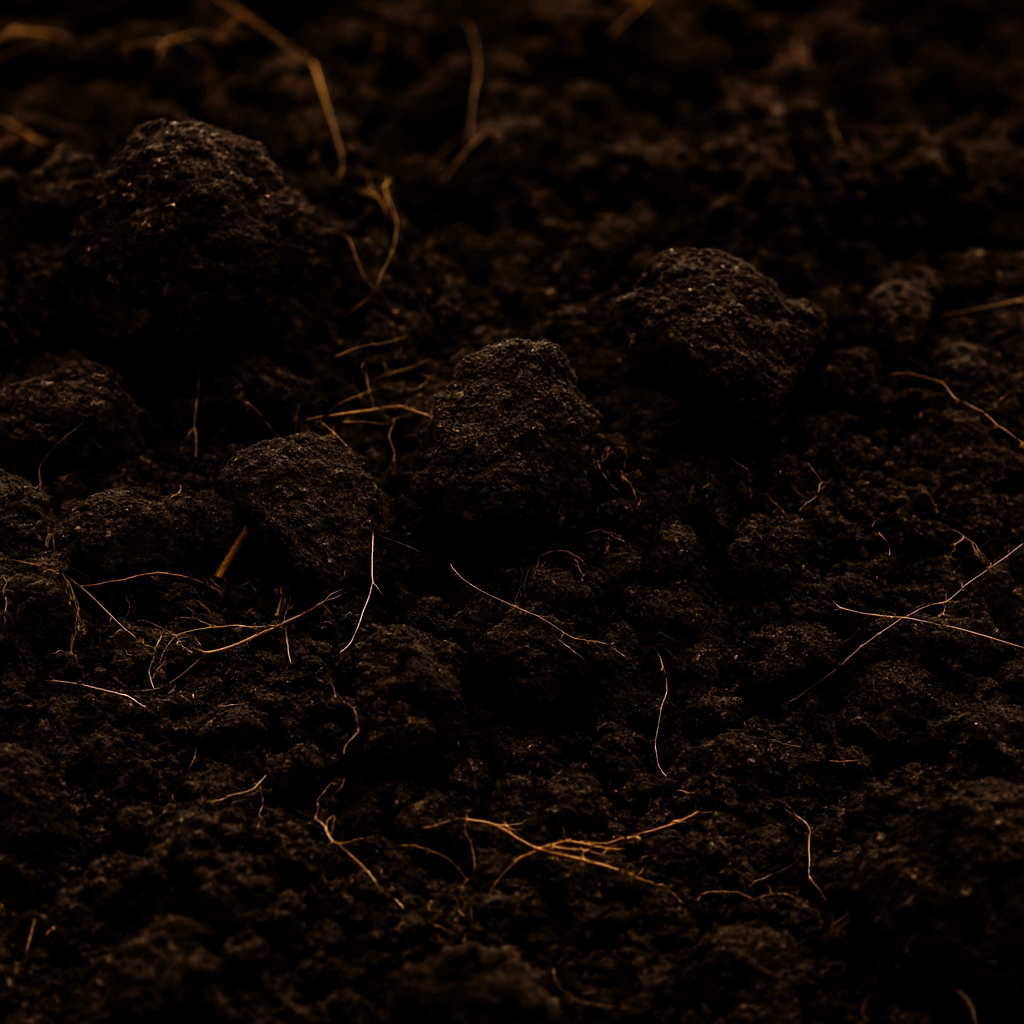
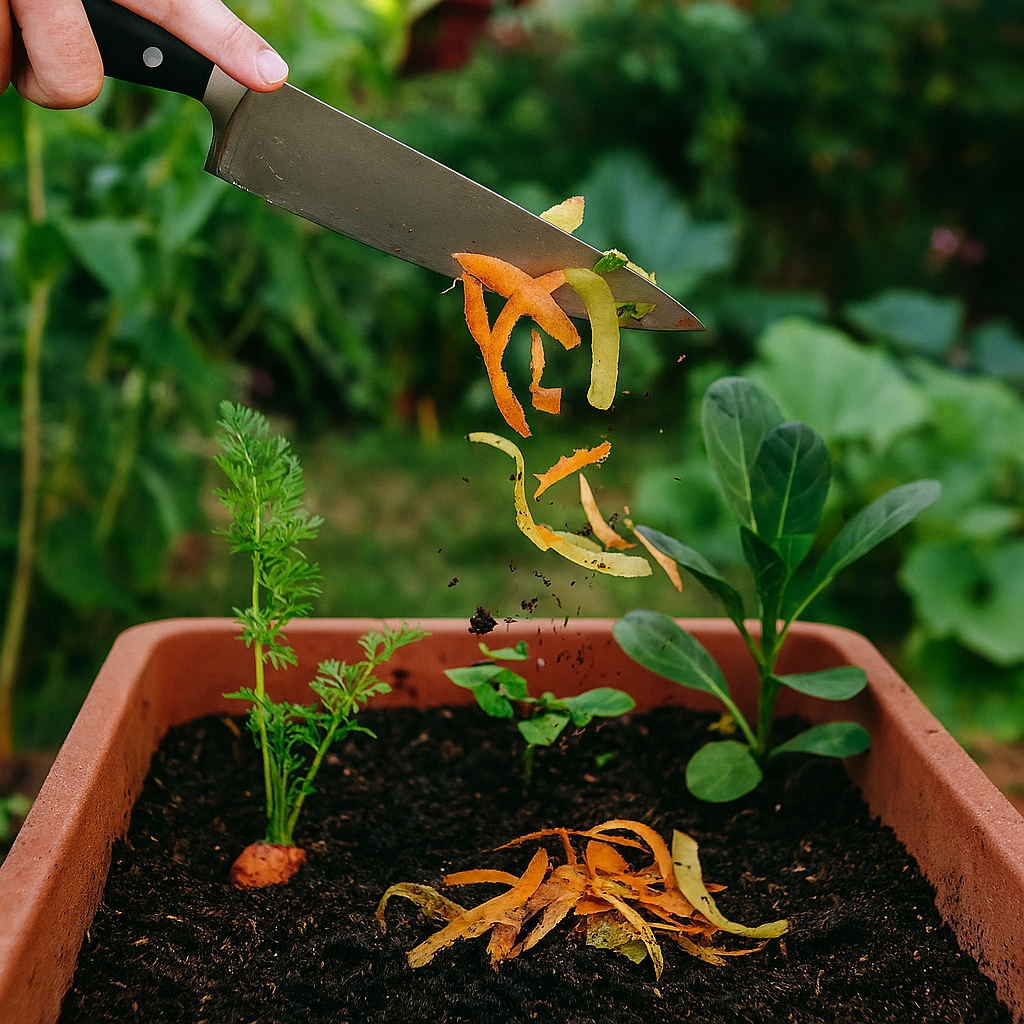
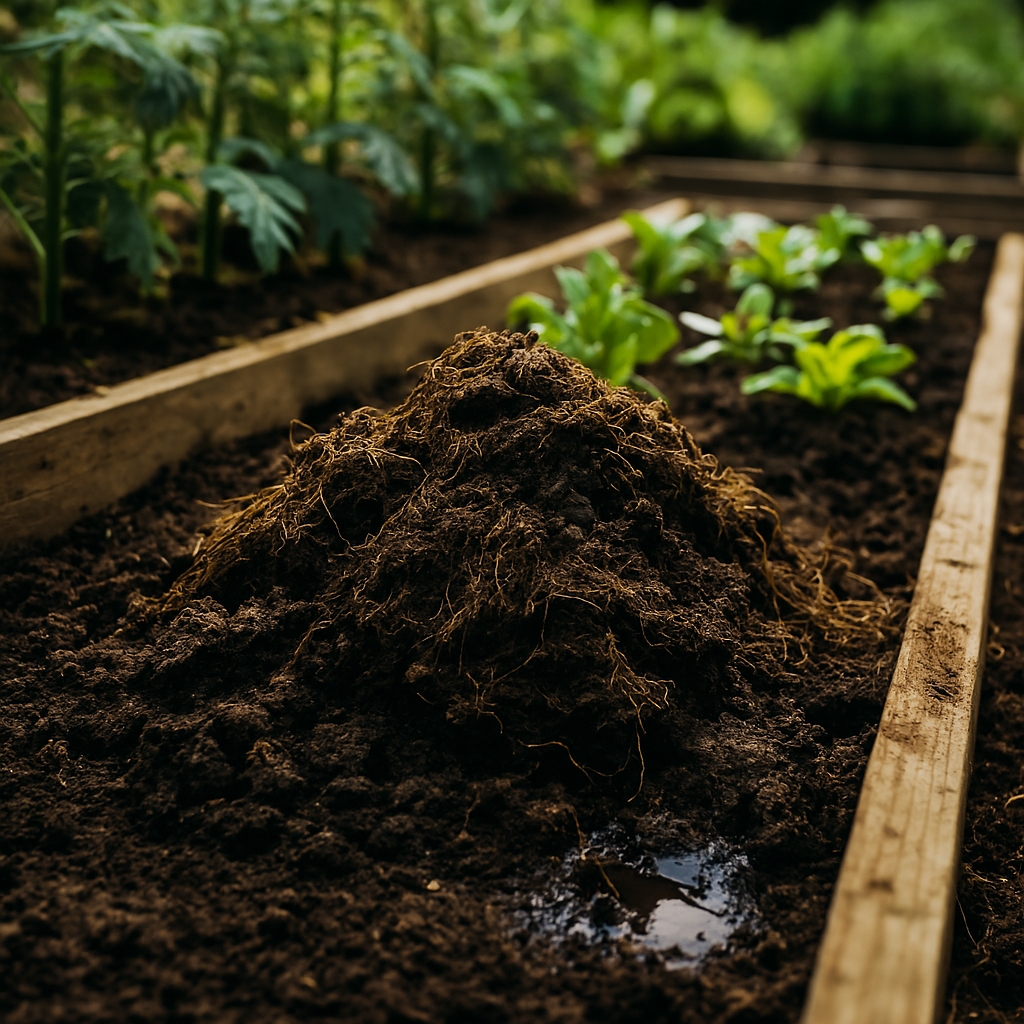
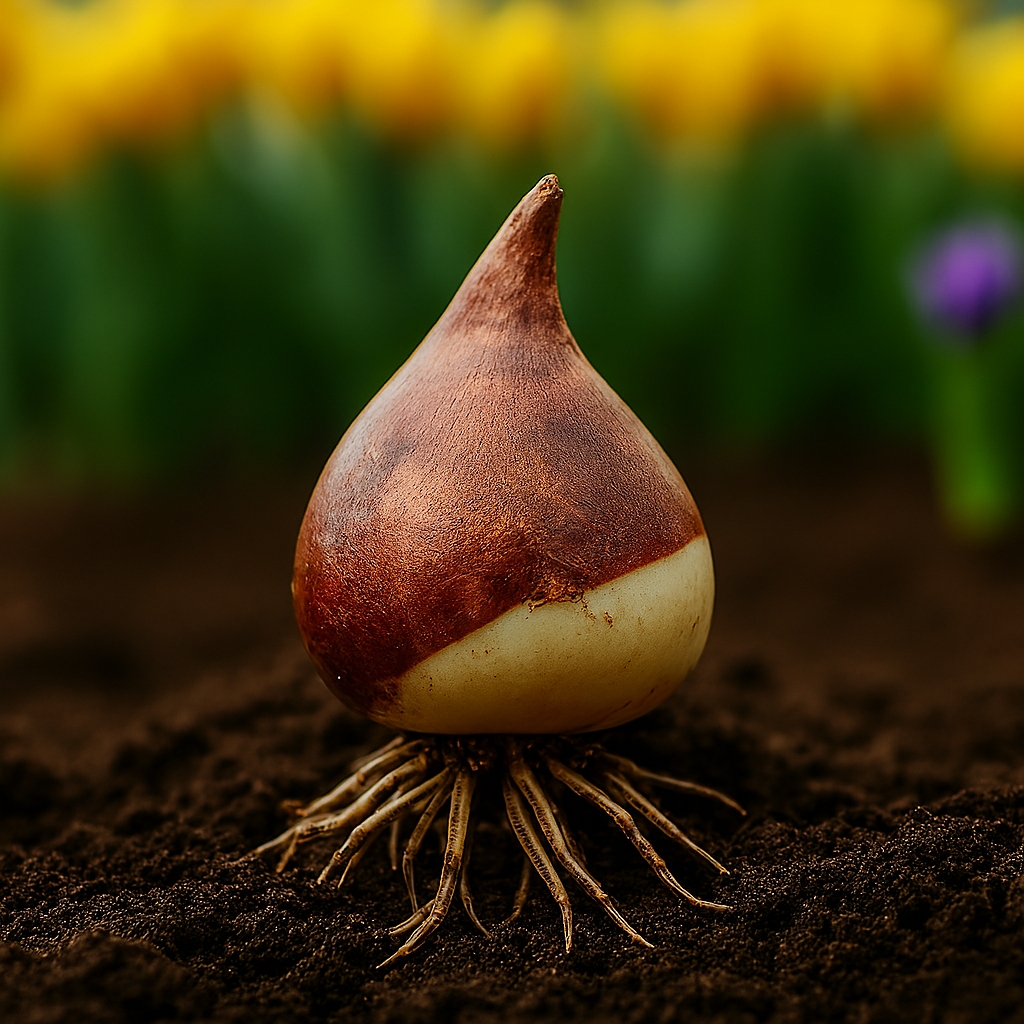
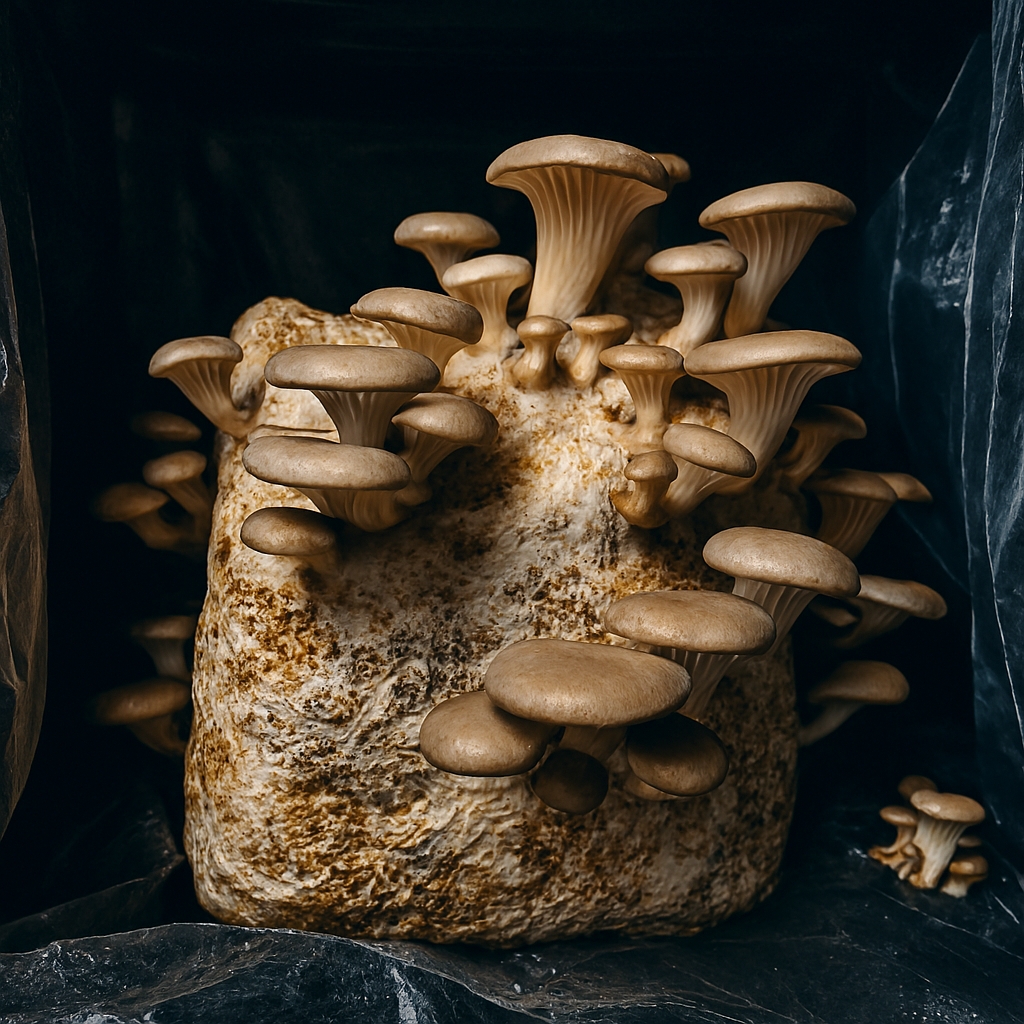
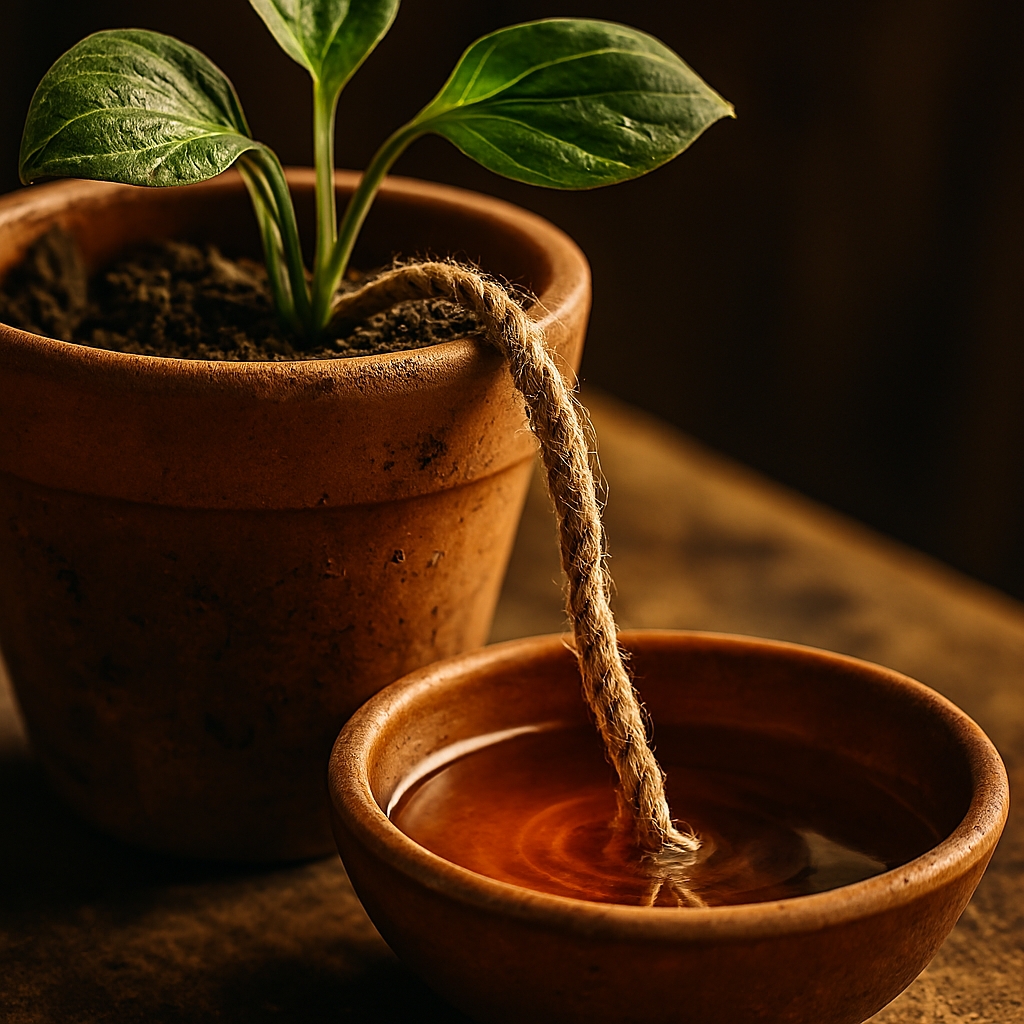

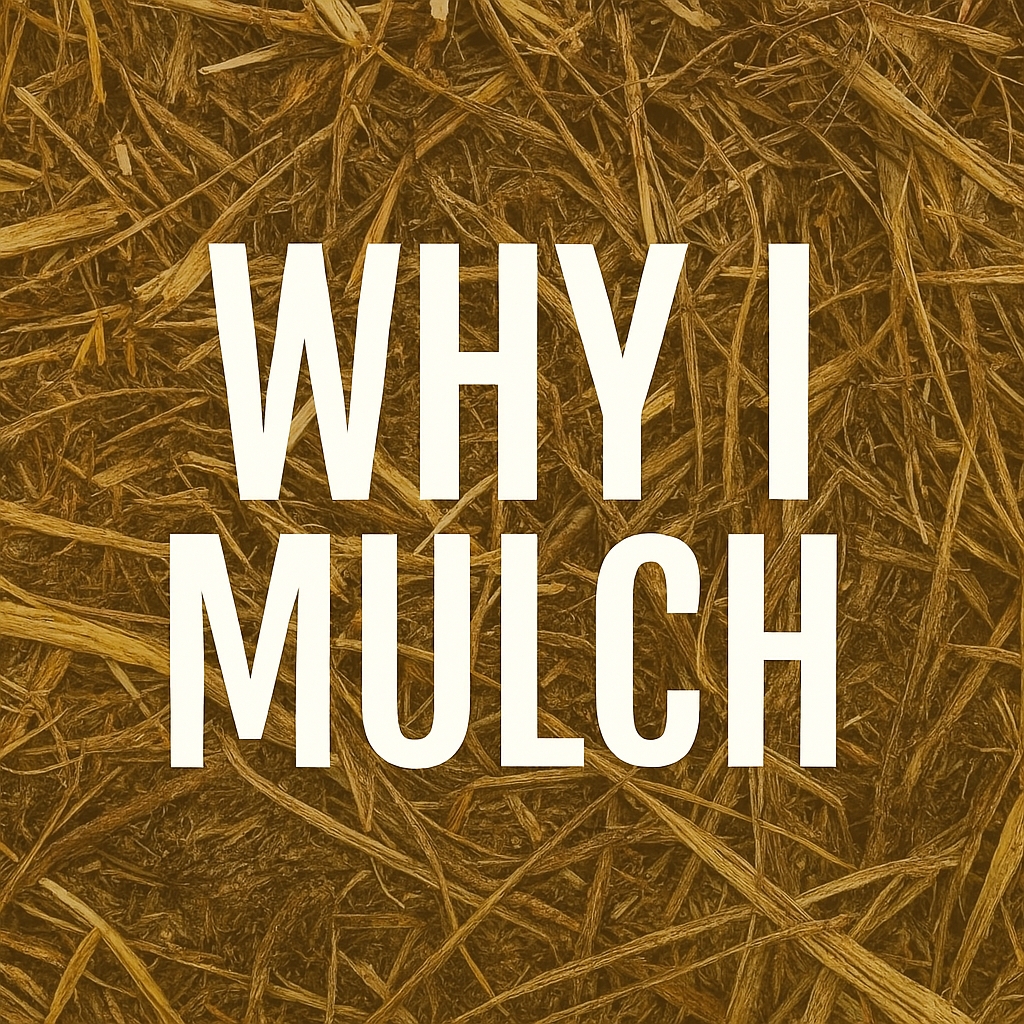


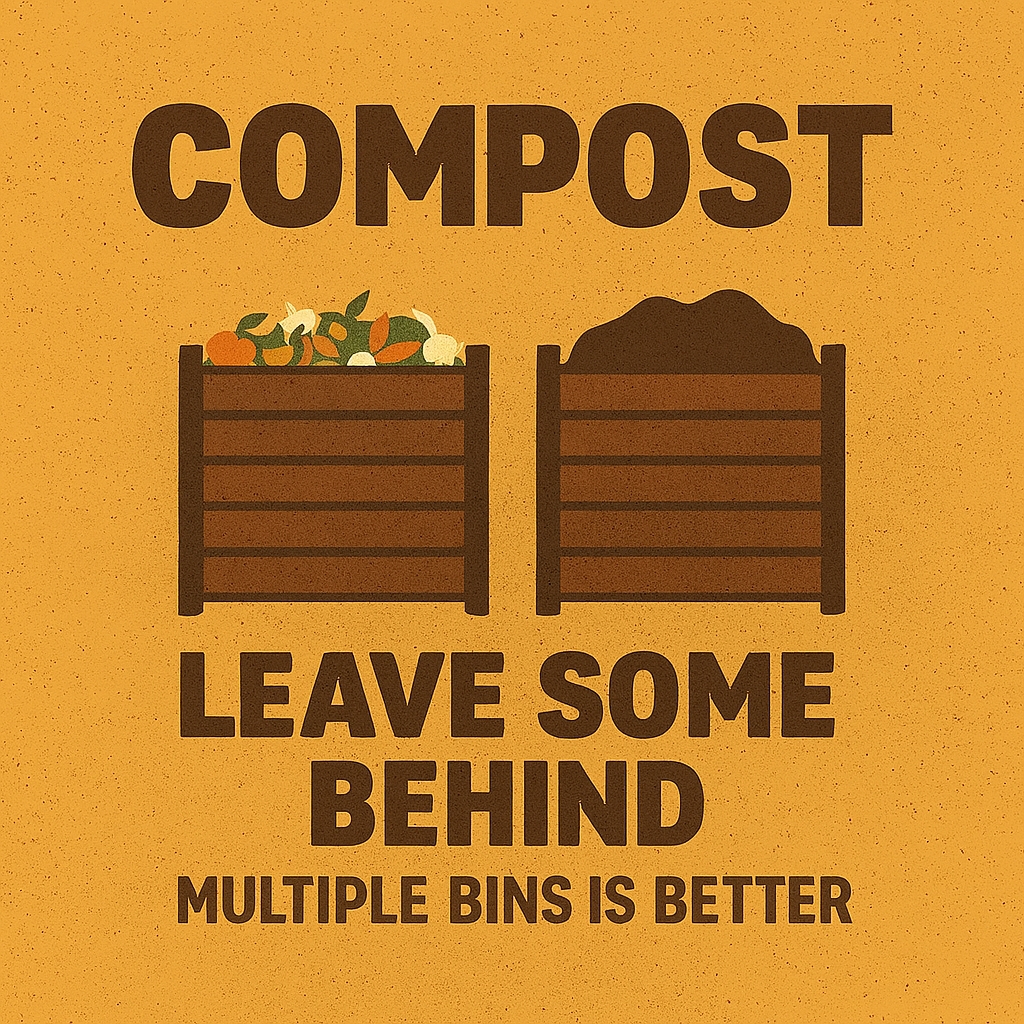



Why Compost Is Essential For Your Quality Garden
[…] daphnescorner […]